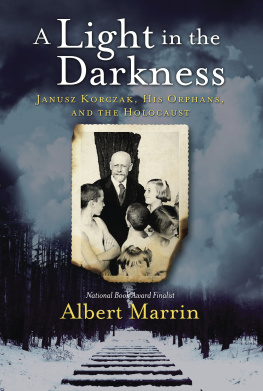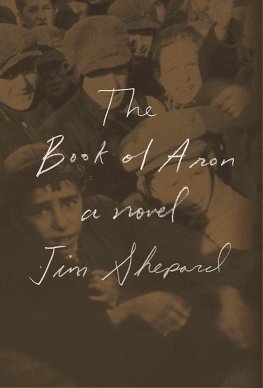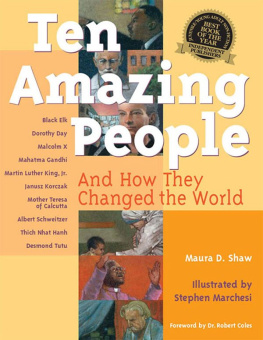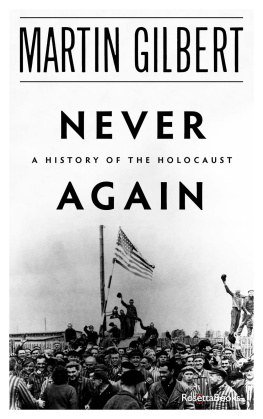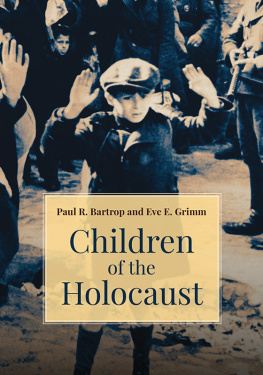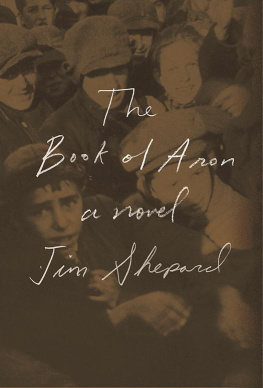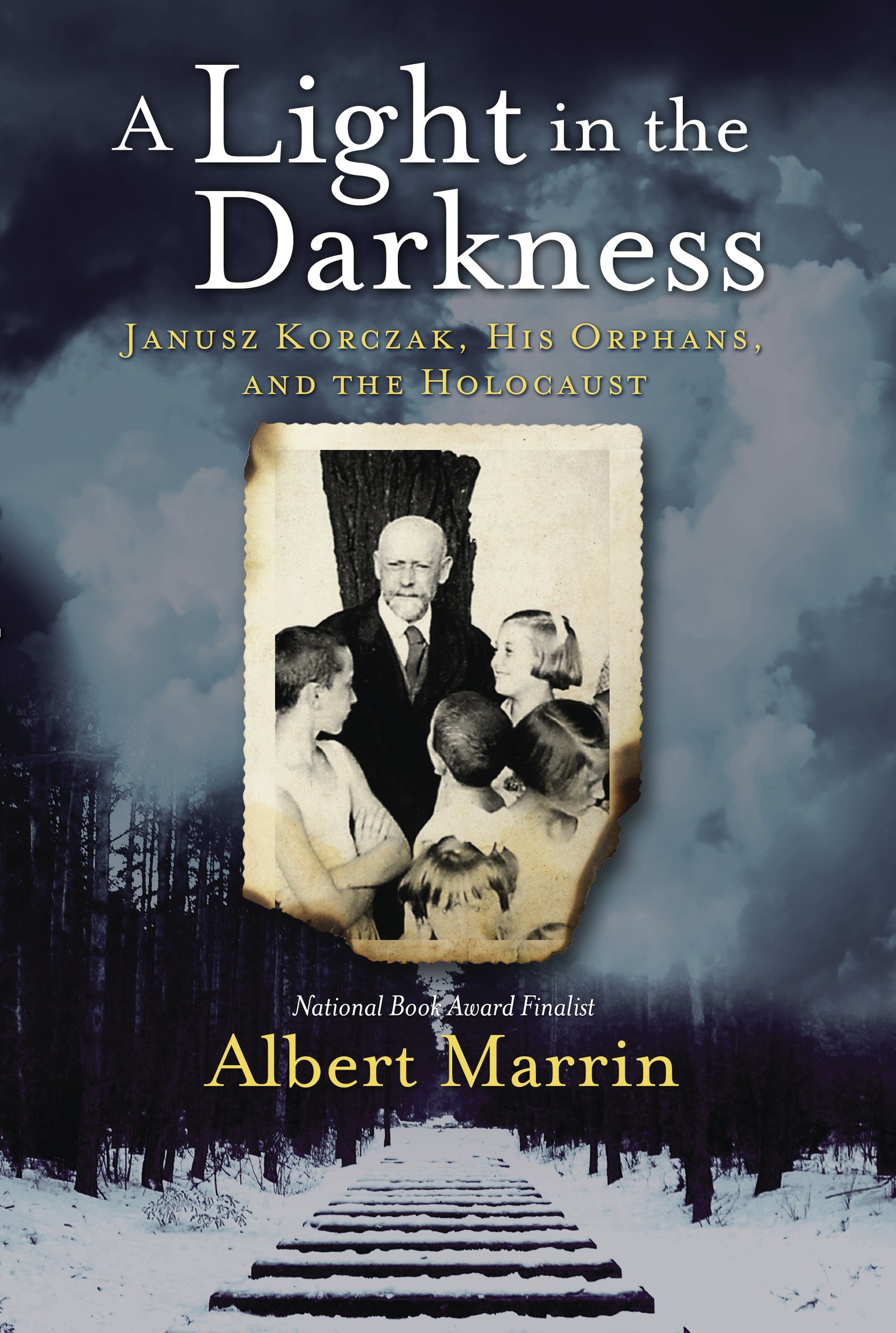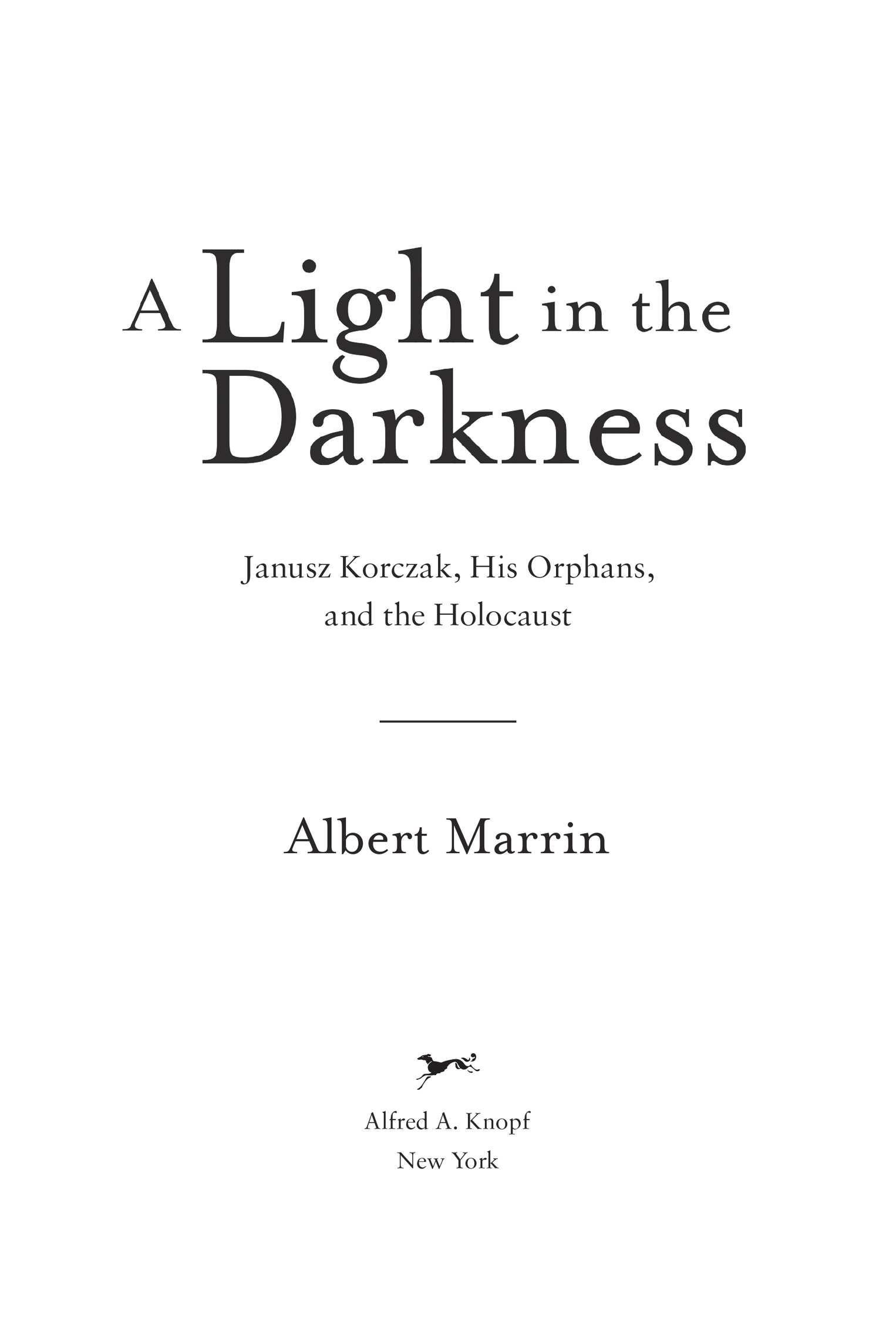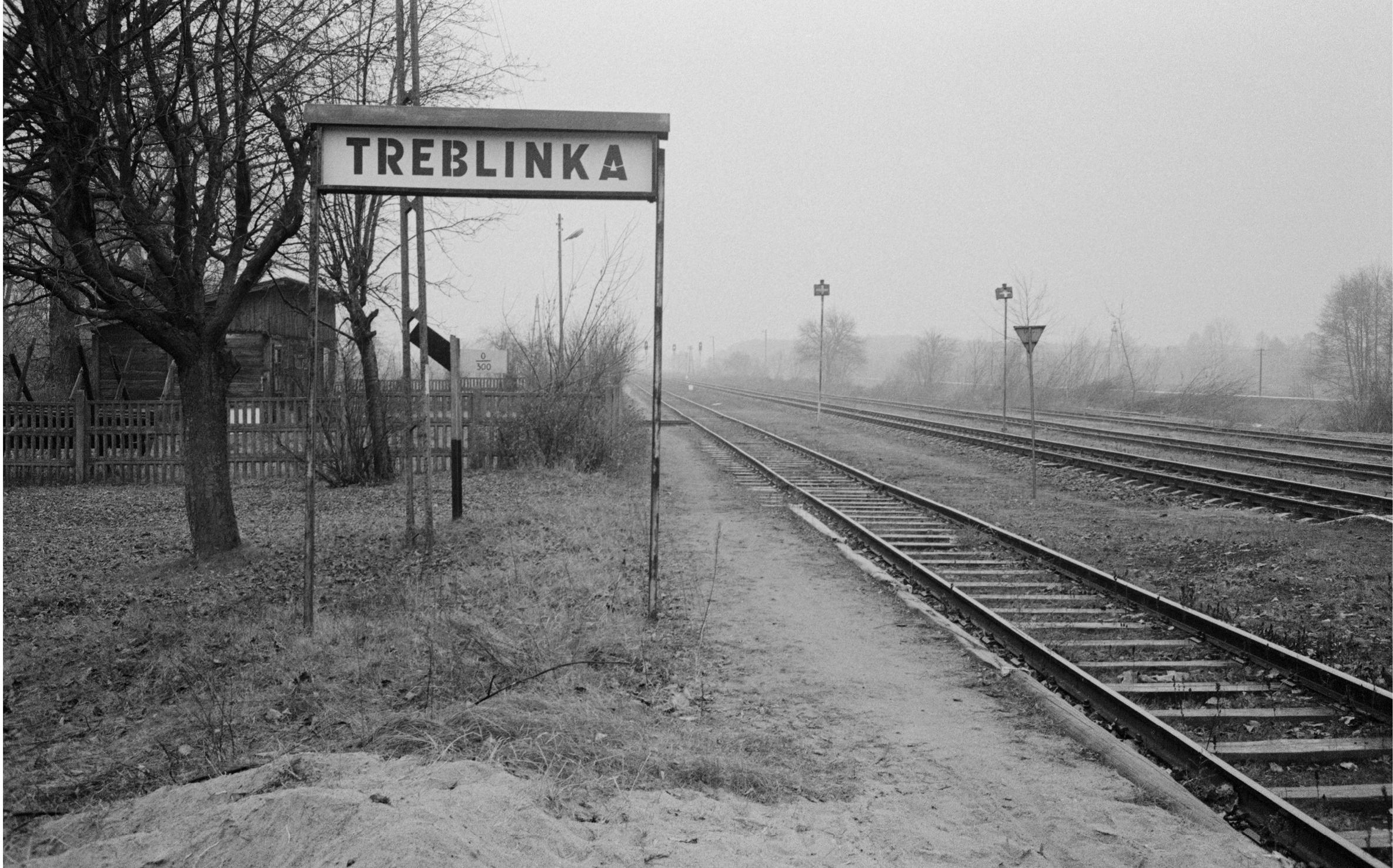Albert Marrin - A Light in the Darkness: Janusz Korczak, His Orphans, and the Holocaust
Here you can read online Albert Marrin - A Light in the Darkness: Janusz Korczak, His Orphans, and the Holocaust full text of the book (entire story) in english for free. Download pdf and epub, get meaning, cover and reviews about this ebook. year: 2019, publisher: Random House Childrens Books, genre: Children. Description of the work, (preface) as well as reviews are available. Best literature library LitArk.com created for fans of good reading and offers a wide selection of genres:
Romance novel
Science fiction
Adventure
Detective
Science
History
Home and family
Prose
Art
Politics
Computer
Non-fiction
Religion
Business
Children
Humor
Choose a favorite category and find really read worthwhile books. Enjoy immersion in the world of imagination, feel the emotions of the characters or learn something new for yourself, make an fascinating discovery.
- Book:A Light in the Darkness: Janusz Korczak, His Orphans, and the Holocaust
- Author:
- Publisher:Random House Childrens Books
- Genre:
- Year:2019
- Rating:5 / 5
- Favourites:Add to favourites
- Your mark:
A Light in the Darkness: Janusz Korczak, His Orphans, and the Holocaust: summary, description and annotation
We offer to read an annotation, description, summary or preface (depends on what the author of the book "A Light in the Darkness: Janusz Korczak, His Orphans, and the Holocaust" wrote himself). If you haven't found the necessary information about the book — write in the comments, we will try to find it.
Janusz Korczak was more than a good doctor. He was a hero. The Dr. Spock of his day, he established orphanages run on his principle of honoring children and shared his ideas with the public in books and on the radio. He famously said that children are not the people of tomorrow, but people today. Korczak was a man ahead of his time, whose work ultimately became the basis for the U.N. Declaration of the Rights of the Child.
Korczak was also a Polish Jew on the eve of World War II. He turned down multiple opportunities for escape, standing by the children in his orphanage as they became confined to the Warsaw Ghetto. Dressing them in their Sabbath finest, he led their march to the trains and ultimately perished with his children in Treblinka.
But this book is much more than a biography. In it, renowned nonfiction master Albert Marrin examines not just Janusz Korczaks life but his ideology of children: that children are valuable in and of themselves, as individuals. He contrasts this with Adolf Hitlers life and his ideology of children: that children are nothing more than tools of the state.
And throughout, Marrin draws readers into the Warsaw Ghetto. What it was like. How it was run. How Jews within and Poles without responded. Who worked to save lives and who tried to enrich themselves on other peoples suffering. And how one man came to represent the conscience and the soul of humanity.
Filled with black-and-white photographs, this is an unforgettable portrait of a man whose compassion in even the darkest hours reminds us what is possible.
Albert Marrin: author's other books
Who wrote A Light in the Darkness: Janusz Korczak, His Orphans, and the Holocaust? Find out the surname, the name of the author of the book and a list of all author's works by series.

